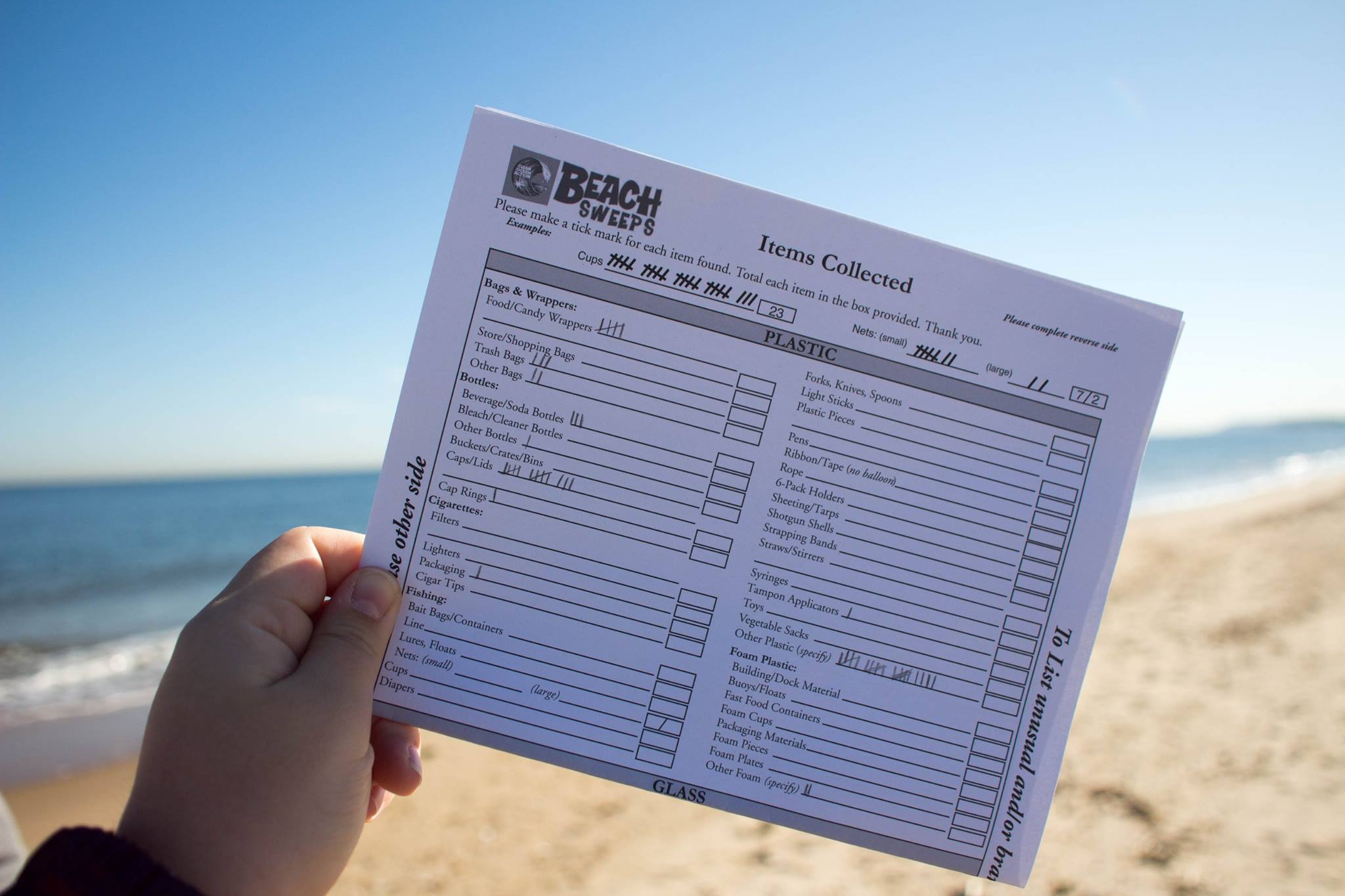
By Monica Sudfield | Published Nov. 28, 2017
The Earth Science Club gathered at Keansburg beach on Oct. 21 to participate in a beach sweep hosted by Clean Ocean Action, a nonprofit earth science organization working to protect waterways.
“Participating in beach sweeps are important because debris harm our environment and marine life that naturally inhabit it,” said Paige Bollman, secretary of the Earth Science Club. “By cleaning the beach, we are giving marine animals another chance to thrive.”
Cleaning beaches immediately impacts the environment, but working with Clean Ocean Action (COA) also offers positive long-term changes.
“COA collects data about the trash that is picked up. Not only did we want to help clean the beach, but we also wanted to collect data used for other programs,” said Danielle De Mesa, Earth Science Club vice president.
According to cleanoceanaction.org, the data collected during the sweeps is presented in annual reports that are used to advance federal, state and local programs to reduce litter.
“Every time a volunteer throws something away, they write it down on a chart so the organization can analyze it and help enact change,” said Bollman.
Participating in events such as beach cleanups correlate with the Earth Science Club, as one of their goals is to participate in at least one volunteer event a semester.

“During spring semester, we have a week long Earth Week event around Earth Day. This includes cleaning up Kean river,” said Bollman. “The beach sweep felt similar to this as the end result was the same – cleaning our environment.”
Another goal the club has is to give students the opportunity to get involved with nature while learning about it, which is fulfilled with hands on work with the environment.
The club’s official advisor was unable to attend the event, so the club asked Professor Sarah Nasse, lecturer for the School of Environmental and Sustainability Science, to tag along.
“I help out with club events and field trips when I can. I have acted as advisor for past trips to the American Museum of Natural History, the New York Botanical Garden, and last spring I led the club on a hike up Mount. Tammany in the Delaware Water Gap,” said Nasse.
In addition to the trips Nasse mentioned, in the past, the club has organized a medical plant walk at Norvin Green State Forest and dune grass planting at Bradley Beach. Their next excursion will be to Atlantic County Utilities Authority to take a tour of their wastewater and recycling facilities.
“Some have the impression that Earth Science Club is for science-related majors, but I’m an English major and communication minor and I love being a part of the club,” said Bollman. The club is open to all majors.
To find out more about the Earth Science Club and their trips, follow their facebook page at KU Earth Science Club.

You must be logged in to post a comment.